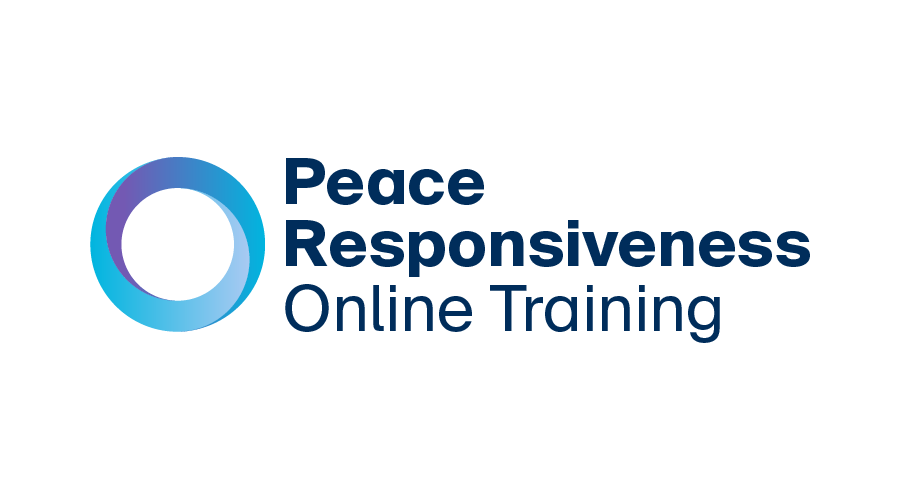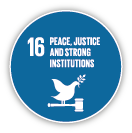Peace Responsiveness
Peace cannot be built by peacebuilders alone.
Significant gaps between policy and practice, as well as between ambition and reality, remain.
Peace responsiveness seeks to enhance the ability of actors operating in conflict affected or fragile contexts to be conflict-sensitive and to deliberately contribute to peace through their technical programming -in a manner that enhances collective impact, that supports inclusive, gender-responsive and locally- led change and that strengthens societal resilience to conflict and violence. Interpeace engages with partners in the humanitarian, development and stabilisation sectors to advance peace responsive approaches in practice, through translating abstract concepts into actual changes in policies, programmes, operations, mindsets and incentives
Our approach
Peace responsiveness aims to create a fundamental shift in how international organizations operate in conflict affected settings. This is done by increasing the organizational commitment, the capacity for contextual awareness and the ability to adapt interventions to the realities and existing capacities on the ground.
Peace responsiveness is also achieved by focussing more intentionally on the potential of technical programming to contribute to laying foundations for peace, even when these organizations do not have peacebuilding at the core of their mandate.
Peace responsiveness further recognises that organizational and systems-wide policies and practice need to intentionally address structural barriers and disincentives.
Promoting change at all levels.
Our work focusses on the individual, organizational, programmatic and systems levels and follows a process of co-creation, co-development and partnering.

Interpeace is now offering an online course on peace responsiveness, which aims to support humanitarian, development and peacebuilding professionals in operationalising the Sustaining Peace Agenda and the HDP Nexus. First of its kind, the course takes a holistic perspective by covering not only programmatic but also individual and organizational requirements for sustaining peace.
Want to find out more?































